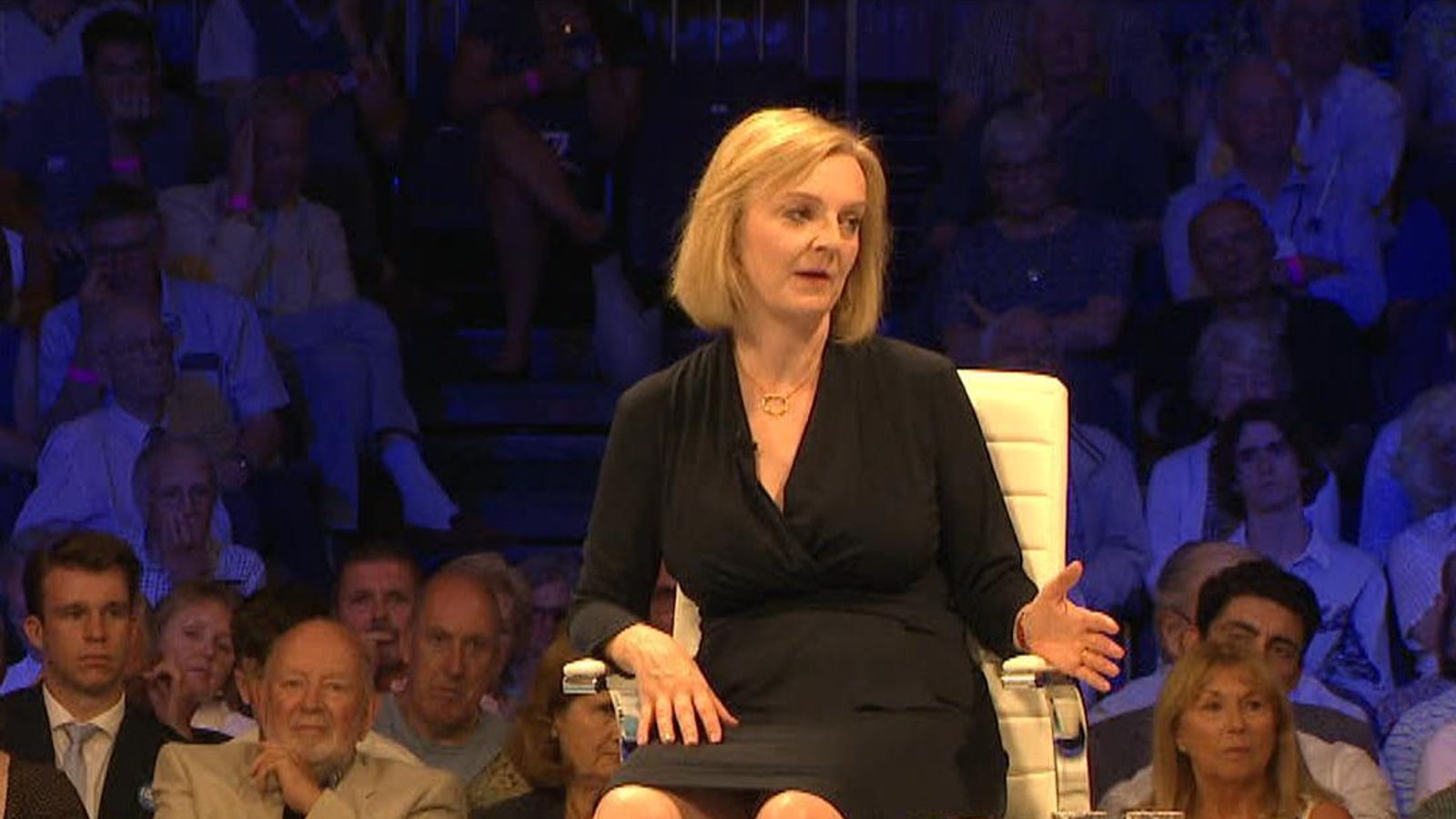When he took over as Labour leader in 2020, Keir Starmer was sitting on the worst election defeat for the party since 1945.
Like Neil Kinnock back in the 1980s, Sir Keir’s task was to knock the party back into shape and detoxify a badly damaged Labour brand.
He was there to do the hard yards, likely lose an election, and hand over to a successor to enjoy the spoils of his toil. Then came the pandemic, Partygate, Liz Truss’s disastrous 45 days – and now the man who was meant to be Labour’s Kinnock has morphed into its next Blair.
This is because the Mid Bedfordshire and Tamworth wins point to a pattern over recent by-elections that led up to the Labour landslide of 1997. It is not just the places that Labour are winning, but the patterns in voter trends.
Watch a by-election special of Politics Hub With Sophy Ridge tonight at 7pm
“We’re winning in Scotland [Rutherglen], the red wall [Selby and Ainsty], Conservative shires [Mid Beds] and the East Mids [Tamworth],” said one senior Labour figure on Friday. “So we’re getting the spread across the country we need.”
And when it comes to the patterns, the by-election wins are building up a picture that points to a Labour majority. Four swings above 20 points is the same sort of performance Blair saw before his 1997 triumph.
Greg Hands will not resign as Tory party chair despite Tamworth and Mid Bedfordshire by-election losses
After this surprise by-election defeat, it’s hard to predict what will happen next for Sunak
Sir Keir Starmer ‘renewed’ by double by-election win – but ‘mountain to climb’ before national poll
In Tamworth, Keir Starmer clocked up an even bigger swing than Blair achieved in 1996 when he took this area (the seat was then South East Staffordshire) on a 21.9 point swing. Sir Keir’s swing in that seat was 23.9 points. There has only been one swing from Conservative to Labour bigger than that – Dudley West 1994.
On the numbers too, record breakers. Mid Bedfordshire saw the biggest ever Tory majority overturned in a by-election, as a Conservative lead of 24,000 turned into a Labour win of just over 1,000 votes.
Yes, the vote split three ways, with the Lib Dems perhaps helping Labour over the line by taking a chunk of the more rural villages in the constituency. It’s true too that the increase in Labour’s vote was less than half the 29-point fall in support for the Conservatives, but it’s not just Tory voters staying at home – it’s also the case they are switching (if not necessarily to Labour).
“We estimate that 52% of 2019 Tories turned out to vote in Mid Beds, that was not substantially different to Labour’s turnout percentages of 58% and the Lib Dems at 54%,” points out Damian Lyons Lowe, chief executive of Survation. “Our polling indicates just over half of Tory voters simply opted for other parties, 20% going to the Lib Dems, 12% to Labour and 12% going to Reform.” In short, around 10,000 Conservative voters turned up at the polls and voted for someone else.
Please use Chrome browser for a more accessible video player
Read more:
What could Labour’s record-breaking results mean for the next general election?
These results really matter, whatever the Conservative ministers in the TV studios say
It leaves Tories in despair: if Tamworth – the Tories’ 55th safest seat – can be lost, what does it mean for Conservatives representing anything other than the most eternal true blue seats?
Tory MPs this morning were turning on each other in the aftermath of a disastrous night. One MP got in touch to say they thought colleagues were “deluded” when they wrote in one of the MP Whatsapp groups: “Come the general [election] the public who sat on their hands will come out to back us.”
A former cabinet minister told me these were the “dying days of a corrosive party”.
“There is no movement towards the current leadership or cabinet and zero reason to vote for us. The direction is reflected in the polls, there is no pathway for improvement.”
Sky News Monday to Thursday at 7pm. Watch live on Sky channel 501, Freeview 233, Virgin 602, the Sky News website and app or YouTube.
Despair for one side, but if you were looking for joy on the other, Sir Keir Starmer wasn’t going to crow about the wins, as much as I invited him to in a quick interview after his stump speech with activists in Mid Bedfordshire.
His message: Labour is “humble” in victory and will “repay voters” who have lent his party their vote.
“I know there are people yesterday who probably voted Tory in the past who voted for a changed Labour party because they despair for the state of their own party,” he told me. “I hope that persuades other voters across the country who may have voted for other parties in the past, that the party of the future…is this changed Labour party.”
For Labour, after four consecutive election defeats at the hands of the Conservatives, Sir Keir Starmer and his top team think it pays to be paranoid, to still fear that the next election could be Kinnock’s 1992 rather than Blair’s 1997. The evidence is building that Sir Keir Starmer is set for triumph, but with an election still potentially a year away, he can’t afford to take anything for granted, and he isn’t.







